Turf rivalries and disagreements must be brought to an end
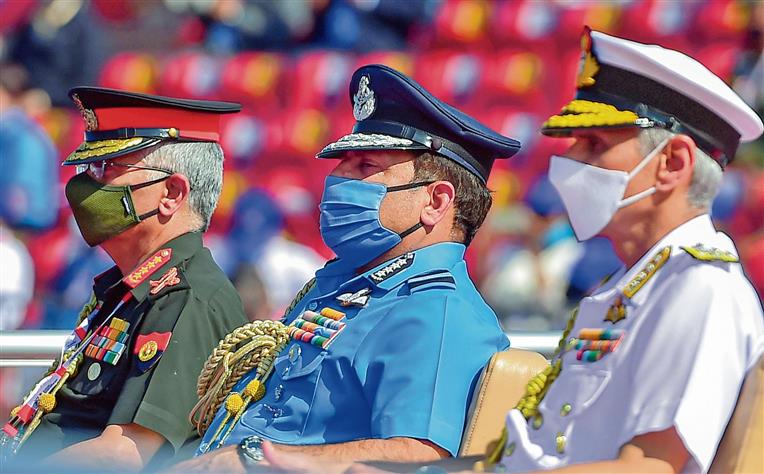
As One: In a conflict, the three services should play a complementary role.
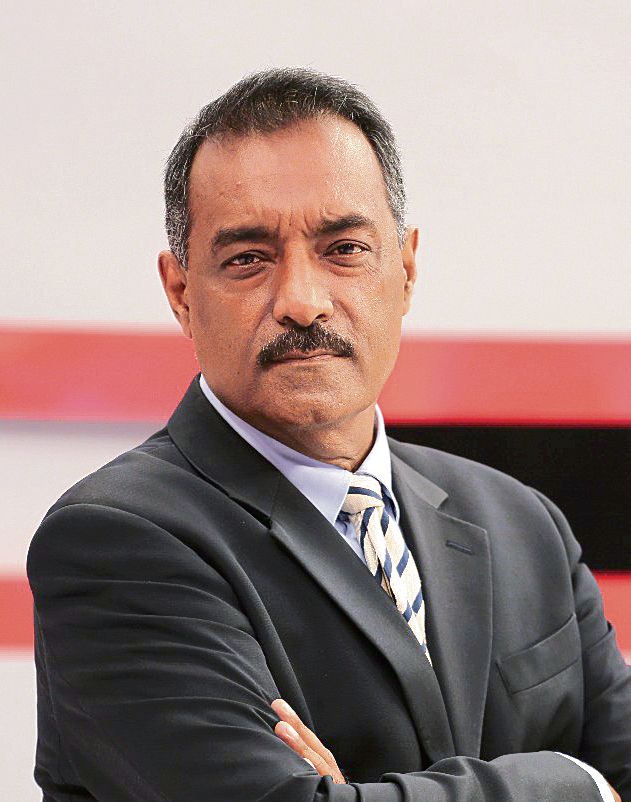
There comes a time when discussions must end, and actions must be taken, based on what can be done at best. No other organisation knows this better, at least in India, than the armed forces. Therefore, it must have come as a surprise to most Indians — especially our political elite — when the CDS, General Bipin Rawat, and the Chief of Air Staff, Air Chief Marshal RKS Bhadauria, publicly aired their different opinions about the role of the IAF. The essential point of departure in the views of the two senior military men was about the role of the IAF in future conflicts and in the evolving concept of theatre commands.
One reason for this disagreement is historical. As India’s major external threats are land border-centric, the Army looks at its role from defending India’s borders to making territorial gains, if possible, beyond the borders. And in all this, the importance of the IAF in support of ground operations has historically proved to be crucial, whether in the 1965 and 1971 wars, or in the Siachen glacier since 1987 and the 1999 Kargil conflict. The IAF also perhaps nurses a grievance about it being blamed for standing idle in 1962, when the Chinese invasion was in full swing. Historians however say that the then IAF chief, Air Marshal Apsy Engineer, is said to have prepared a detailed plan for the IAF to attack both the Chinese PLAAF bases in Tibet as well as the Chinese army’s garrisons there, to stall the Chinese attacks, but his plans were dismissed by General Thapar, who outranked him since the prevailing wisdom among the leadership in Delhi’s South Block was that the use of the IAF would only escalate the conflict. But now, the IAF sees its importance as a game-changer in any future conflict — the Balakot strikes are an example — and is averse to the term ‘supporting arm’, even though it’s a role it would still have to play.
To limit the Army’s overbearing influence, after Independence, a number of structural changes were adopted and an initial step was the re-designation of the Indian Army Chief, from that of Commander-in-Chief to Chief of Army Staff. This brought him on a par with the other two service Chiefs, and all were thereafter, as Chiefs of their respective service staff, advisers to the Defence Minister. Each service headquarters has thereafter zealously guarded its independence and equal status. Somehow, India still managed to pull off military successes despite this, in the 1965 and 1971 wars. But when the idea of a CDS was apparently first brought up after the 1971 War — and it was suggested that Field Marshal Sam Manekshaw should be made the first CDS — his candidature was apparently vetoed by then Air Chief Marshal PC Lal (with whom Manekshaw was not quite on talking terms, at least during the 1971 War, as per Lt Gen JFR Jacob in his biography), and the then Defence Secretary, KB Lall, since Manekshaw was known to bulldoze his way past the bureaucracy. The matter thereafter lay in limbo for another four decades, as the bureaucracy was quite happy to see that the three service Chiefs were not on the same page, at least on this issue. Even during the Kargil conflict, it was said the then Army Chief, Gen VP Malik, and then Air Chief Marshal Anil Tipnis had major differences on the use of airpower and helicopter gunships against Pakistani bunkers. Such differences and delays do cost lives of soldiers on the ground. However, it was eventually resolved, and the IAF became a force multiplier.
Thus, following the Kargil conflict, the Kargil Review Committee (KRC) report recommended that having a CDS was essential for the demands of modern warfare — which require inter-services cooperation — to achieve our military goals. It was supported by a Group of Ministers, the Naresh Chandra committee on defence reforms, a team headed by Lt General Shekatkar in 2016. But the opposition to the idea of the CDS comes from the concern within each of the three Chiefs and their headquarters that the appointment of a supreme military commander, like the CDS, will lead to the depletion of their respective clout within each of their service flock. But the role mandated to the CDS is to get India’s armed forces move beyond operating in silos, despite each service having its own doctrine, its own equipment purchase requirements, and its own professional traditions and culture. Hence, the need for theatre commands, and consequently its opposition, particularly by the IAF, that has limited resources today, and doesn’t wish to further allow them to be frittered away into various theatres that are now proposed: two land theatre commands — one facing Pakistan and another China — an air defence command and a maritime command, with each having resources from all three services.
Currently, India has 17 military commands in all, and each of them with operational roles that overlap those of the other service command. India has at least seven commands facing the Chinese on the Himalayan front (and if you count the maritime threat, it’ll be eight if not nine commands) in the event of a conflict. China has one on the Himalayan front. If the IAF’s assertions are to be heeded by allowing it to keep all its aircraft under its headquarters in Delhi’s control, how could a (maritime) theatre commander plan of confronting the Chinese threat in the Indian Ocean Region without knowing for certain what air power he could put to use? Should our maritime theatre commander have to waste time lobbying with the IAF Chief in Delhi for essential resources to plan his operations on, more so, if the IAF brass feels that they’d rather use their limited resources better in the Himalayas? However, as the decision to create a CDS, and consequently theatre commands, has come from the political leadership, the latter has to end the debate and close the matter. In the US, which offers a fine democratic model of civil-military and inter-service cooperation, the turf rivalries and disagreements were brought to an end by the civilian leadership, to enforce the Goldwater-Nichols Act of 1986. It’s about time India does the same.













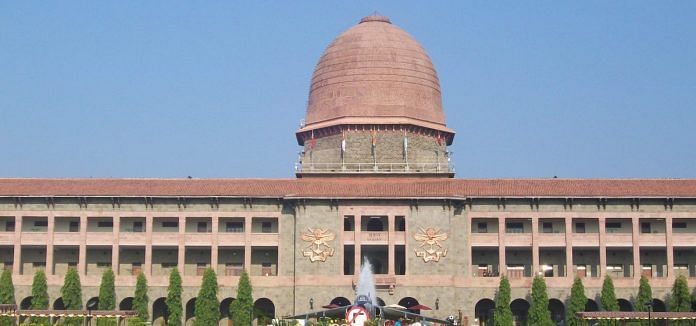
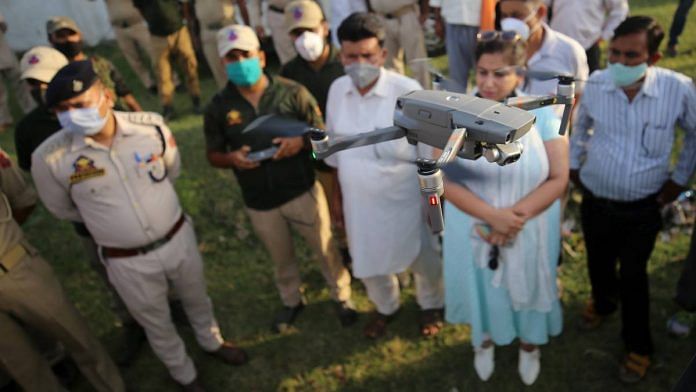
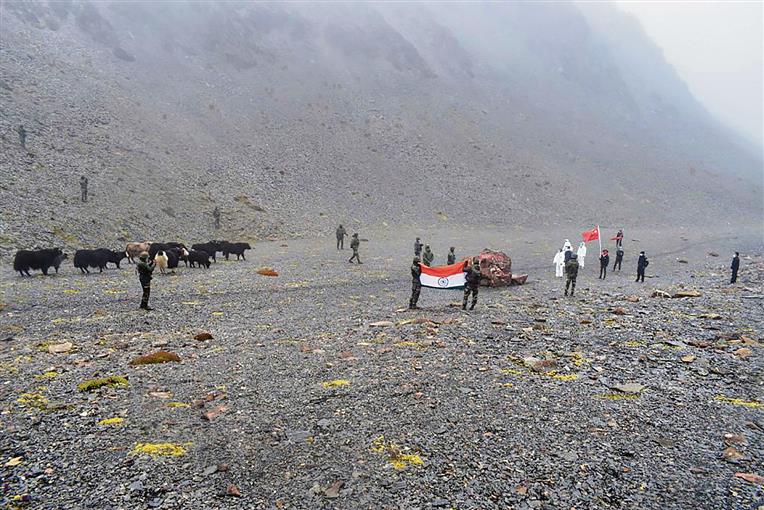
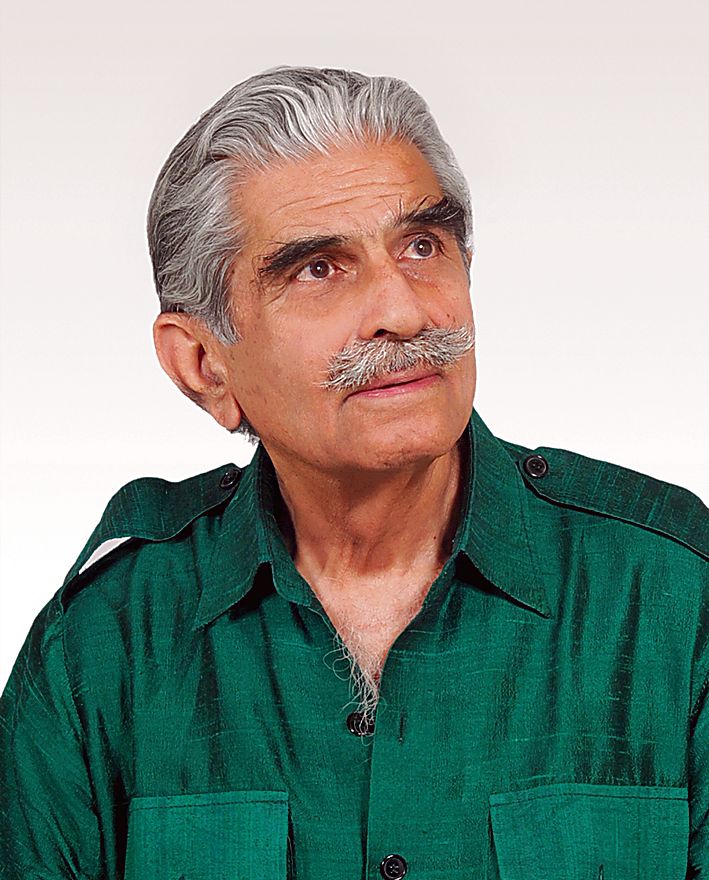


 India and Pakistan had announced to “strictly observe all agreements on ceasefire” along the LoC.
India and Pakistan had announced to “strictly observe all agreements on ceasefire” along the LoC.



























































